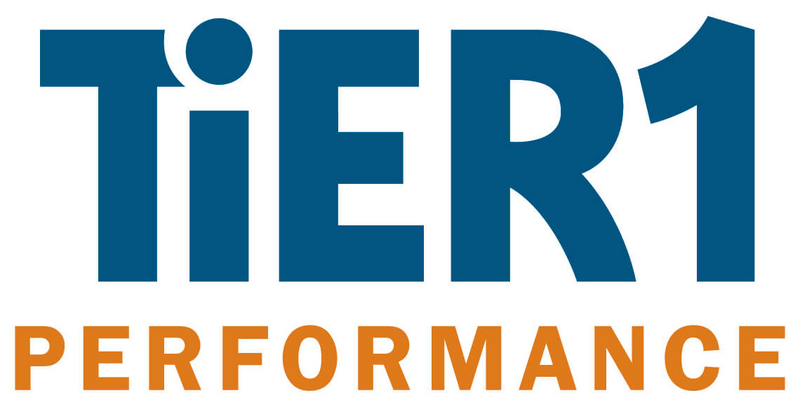ATD Blog
Advance L&D's Impact Through Anchoring Learning
Thu Jun 13 2024

As organizations continue to invest in skills development opportunities for their people to keep up with advancing technology and support evolving strategic initiatives, learning and development (L&D) professionals are challenged with helping realize the return on this investment. While designing different learning formats and approaches is crucial in supporting knowledge retention, the learning environment also plays a pivotal role. L&D professionals often neglect to build an environment that mimics the day-to-day experience of employees. To elevate the L&D landscape within an organization and increase the return their organization received on L&D initiatives, L&D professionals should embrace the concept of anchoring learning.
What’s Anchoring, and Why Is It Important?
Anchoring is the method of embedding new learning content into learners’ regular tasks and habits so they can use, develop, and consolidate what they’ve learned. Anchoring is crucial for maintaining newly acquired skills and information for the long term. It ensures learners can move their new knowledge from the formal training environment to the actual work setting. Anchoring also supports the formation of a learning ecosystem where learners can develop further from their peers and leaders and where learning is ongoing and in sync with organizational objectives. The 70-20-10 learning strategy, which is premised on the notion that 10 percent of learning happens in a formal setting, twenty percent takes place in a peer setting, and 70 percent occurs on the job, highlights the importance and effectiveness of anchoring.
How to Anchor Training Content in Sales Onboarding
The following example of sales onboarding illustrates how the 70-20-10 learning strategy can be used for anchoring training content. Sales onboarding involves training and integrating new salespeople into the organization and equipping them with the knowledge, skills, and behaviors they need to succeed in their role. Sales onboarding can be challenging, as it involves a lot of information, expectations, and competencies that need to be mastered quickly. By using the 70-20-10 learning strategy, L&D managers can design and deliver sales onboarding that is anchored in the work context and supports knowledge retention. Here’s how:
For the 10 percent of learning that happens in a formal setting, space out the sales onboarding process over several weeks, instead of delivering it in consecutive days over a one- or two-week period. Use a combination of online and offline modules, webinars, videos, podcasts, and quizzes to deliver the sales onboarding content in bite-sized and engaging formats. Cover the essential topics, such as the company’s vision, mission, values, products, services, customers, competitors, sales process, sales tools, sales skills, and sales metrics in smaller, digestible pieces.
For the 20 percent of learning that takes place in a peer setting, create a peer system where each new salesperson is paired with a more experienced salesperson who can act as a mentor, coach, and role model. Encourage peers to communicate regularly, exchange tips and feedback, and support each other in their learning journeys. Create an online community where new salespeople can interact with each other as well as seasoned salespeople and ask questions, share challenges and successes, and learn from the collective wisdom of the group.
For the 70 percent of learning that occurs on the job, assign new salespeople to real sales projects, where they can apply their learning on the job under the guidance and supervision of their managers and peers. Provide them with realistic and relevant scenarios, cases, and simulations that enable them to practice and demonstrate their sales skills and behaviors. Provide them with tools and templates, such as sales scripts, sales proposals, sales presentations, and sales reports, that they can use to perform tasks. Provide them with regular and constructive feedback, recognition, and rewards to reinforce their learning and motivate them to improve. Providing managers with coaching tools to support them in delivering effective feedback is also vital for the success of the learner during this bulk of their development.
By combining the 70-20-10 learning strategy with the concept of conscious anchoring, L&D managers can ensure that their training programs are effective and engaging and that they lead to better knowledge retention, performance, and business results.
Figure: Example of how to anchor learning content with the 70-20-10 strategy

You've Reached ATD Member-only Content
Become an ATD member to continue
Already a member?Sign In

